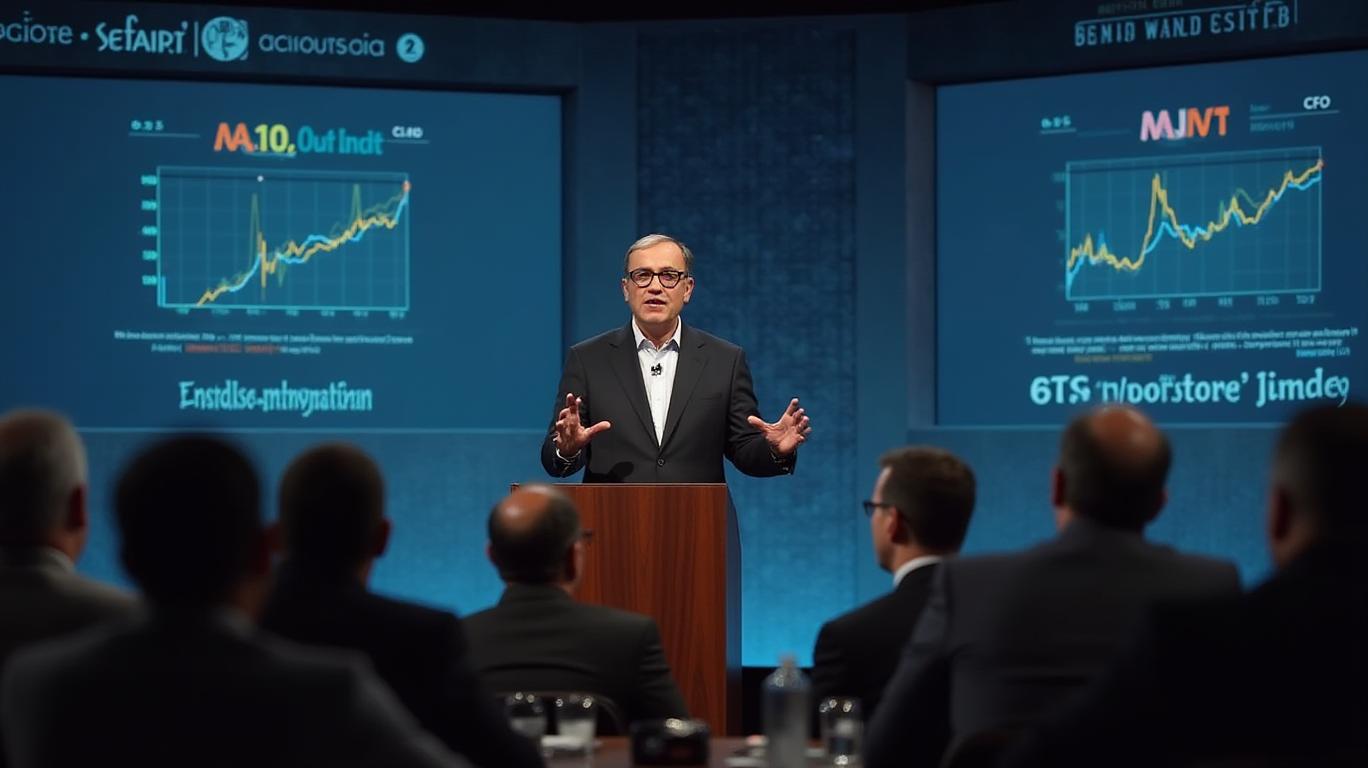AInvest Newsletter
Daily stocks & crypto headlines, free to your inbox
Contradiction Point 1
Tariff Impacts and Leveraging Occupancy Costs
It involves the company's strategy and impact of tariffs on their operations, affecting financial stability and strategic decision-making, as well as the strategy to leverage occupancy costs, which are critical for managing operational efficiency and financial performance.
What impact are tariffs having on your private label business? - Mitch Kummetz(Seaport)
2024Q4: Our current sourcing strategy is largely to work with our brands, representing just over 70% of our business. We are trying to be as diversified as possible, moving away from a high concentration in China. Inventory receipts were pulled forward in anticipation of tariffs. - Chris Work(CFO)
What are the trends in the post-Black Friday season and your plans for agile inventory? - Richard Magnusen(B. Riley)
2025Q3: Our promotional strategy remains consistent, focusing on value through bundling rather than excessive discounting. We've seen success with our private label and new brands. We expect to remain less promotional than competitors, focusing on unique products to drive margins. - Richard Brooks(CEO)
Contradiction Point 2
Tariff Impact and Pricing Strategies
It involves the company's approach to mitigating tariff impacts and adapting pricing strategies, which directly impact financial performance and investor expectations.
What impact are tariffs having on your private label business and across your brands in terms of pricing? - Mitch Kummetz (Seaport)
2024Q4: Our current sourcing strategy is largely to work with our brands, representing just over 70% of our business. We are trying to be as diversified as possible, moving away from a high concentration in China. Inventory receipts were pulled forward in anticipation of tariffs. Diversification efforts are ongoing to mitigate tariff impacts. Specific information about future tariffs and their impacts is minimal at this stage. - Chris Work(CFO)
Rick, can you explain why the business performed well for back-to-school? How much was due to consumer attendance at events and your response to that? - Mitchel Kummetz (Seaport)
2025Q2: We have a real opportunity to take advantage of that with our private label, brands that we have, to really bring that out and drive the sales, and that's what we're focusing on. - Richard Brooks(CEO)
Contradiction Point 3
Inventory Management and Strategic Initiatives
It pertains to the company's management of inventory levels and strategic initiatives, which are vital for maintaining profitability and operational efficiency.
Can you elaborate on leverage, even though you aren't providing specific guidance for '25? - Mitch Kummetz(Seaport)
2024Q4: We're investing appropriately in driving business forward, particularly in apparel categories. Planning to be value leadership with Private Label and bundling efforts. - Richard Brooks(CEO)
What are your plans for managing inventory during back-to-school? - Richard Magnusen(B. Riley)
2025Q1: We are pleased with the continued strength in our Private Label business. We had strong performance in the women's category driven by Private Label. We are excited by the momentum of our Private Label brand. - Richard Brooks(CEO)

Discover what executives don't want to reveal in conference calls

Oct.23 2025

Oct.23 2025

Oct.23 2025

Oct.23 2025

Oct.23 2025
By continuing, I agree to the
Market Data Terms of Service and Privacy Statement
Daily stocks & crypto headlines, free to your inbox
Comments
No comments yet